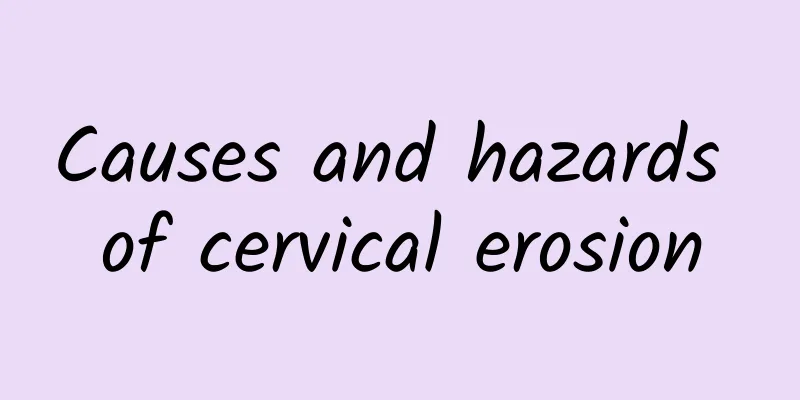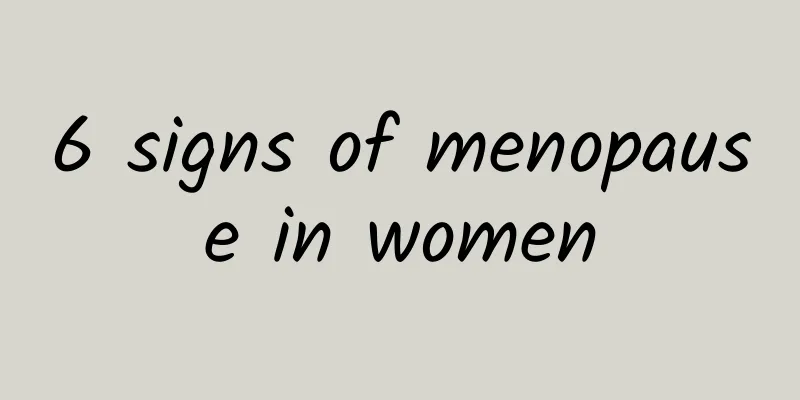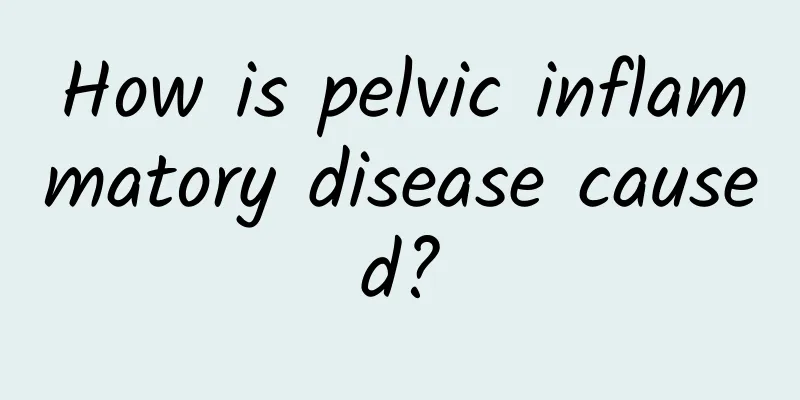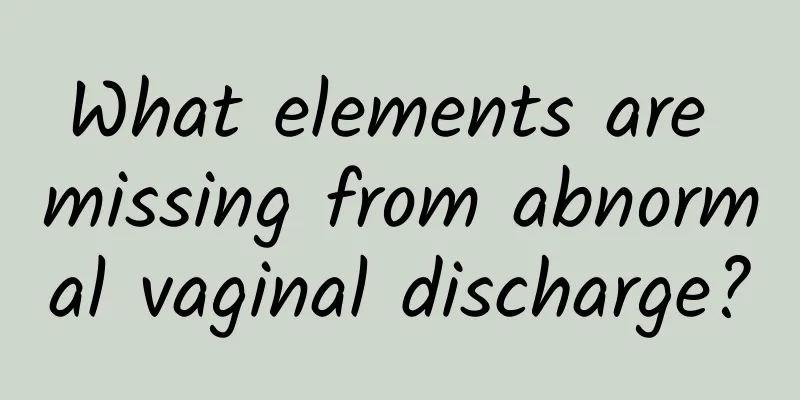Causes and hazards of cervical erosion

|
Cervical erosion is a manifestation of eversion of cervical epithelial cells, not true "erosion". It is mainly caused by factors such as changes in hormone levels and inflammatory stimulation. Observation, drug treatment or physical therapy should be selected according to the specific situation. 1. Causes of cervical erosion The causes of cervical erosion are mainly related to physiological and pathological factors. Among physiological factors, increased estrogen levels are a common cause, especially during puberty, pregnancy or when taking contraceptives, the columnar epithelium in the cervical canal migrates outward, resulting in an "erosion"-like change in appearance. Pathological factors include chronic cervicitis, infection, etc. Long-term stimulation by bacteria, viruses or fungi may trigger an inflammatory response in the cervical epithelium, further leading to erosion-like changes. 2. The harm of cervical erosion Cervical erosion itself is not a disease, but it may be accompanied by other problems. Long-term erosion-like changes may increase the risk of infection, such as HPV infection, and thus increase the risk of cervical cancer. The eroded area may cause symptoms such as increased vaginal discharge and contact bleeding, affecting the quality of life. If combined with infection, it may also cause complications such as pelvic inflammatory disease. 3. Treatment of cervical erosion The treatment of cervical erosion needs to be selected according to the specific situation. Patients with mild erosion and no symptoms can be observed regularly without special treatment. Drug treatment is suitable for patients with inflammation. Commonly used drugs include antibiotics such as azithromycin, antiviral drugs such as interferon and Chinese medicine preparations such as Baofukang suppository. Physical therapy is suitable for patients with obvious symptoms or large areas of erosion. Common methods include laser therapy, cryotherapy and microwave therapy, which promote the regeneration of healthy tissue by destroying abnormal epithelial tissue. 4. Daily prevention and care The key to preventing cervical erosion is to maintain good hygiene habits, avoid unclean sexual behavior, and perform regular cervical screening. In terms of diet, you can eat more foods rich in vitamins C and E, such as citrus fruits and nuts, to enhance immunity. In terms of exercise, it is recommended to choose low-intensity aerobic exercises such as yoga and jogging to promote blood circulation and improve pelvic health. Although cervical erosion is not a serious disease, it needs to be taken seriously, and timely medical treatment should be sought to identify the cause and take targeted treatment. Through scientific management and a healthy lifestyle, the relevant risks can be effectively reduced and the health of the cervix can be maintained. |
<<: What causes severe cervicitis?
>>: Is there a big difference between uterine cyst and pregnancy?
Recommend
What are the symptoms of pelvic inflammatory disease?
Pelvic inflammatory disease is a gynecological di...
Does Bartholin's gland infection reduce the chance of pregnancy?
Does Bartholinitis affect pregnancy? Bartholiniti...
What is Ⅲ degree cervical erosion? Medical definition of Ⅲ degree cervical erosion
Grade III cervical erosion is actually the most s...
How to prevent missed miscarriage during pregnancy
Pregnant women are very concerned about how to pr...
Will cervicitis affect fertility? How should women who are diagnosed with cervicitis be treated?
The female uterus is an important reproductive or...
Is curettage equivalent to having another abortion?
Is curettage equivalent to having another abortio...
Effect of treatment of cervical precancerous lesions on pregnancy outcomes
Women who suffer from cervical precancerous lesio...
Rose flower drinking or external application can effectively relieve dysmenorrhea
Dysmenorrhea causes trouble to many women. Abdomi...
What are the ways to prevent ovarian cysts?
Ovarian cyst is a relatively common gynecological...
Causes of various abortion complications
Some complications may occur during and after abo...
Shrimp instead of eggs 7 kinds of weight loss food change
Tired of healthy weight-loss foods like eggs, app...
Can pelvic inflammatory disease cause infertility?
Pelvic inflammatory disease refers to inflammatio...
Introduction to typical symptoms of atrophic vulvar leukoplakia at different stages
What are the symptoms of atrophic vulvar leukopla...
Experts teach you to understand the main causes of primary dysmenorrhea
Primary dysmenorrhea is a type of dysmenorrhea. W...
What are the symptoms of ovarian cysts? What are the dangers of ovarian cysts?
What are the symptoms and dangers of ovarian cyst...









